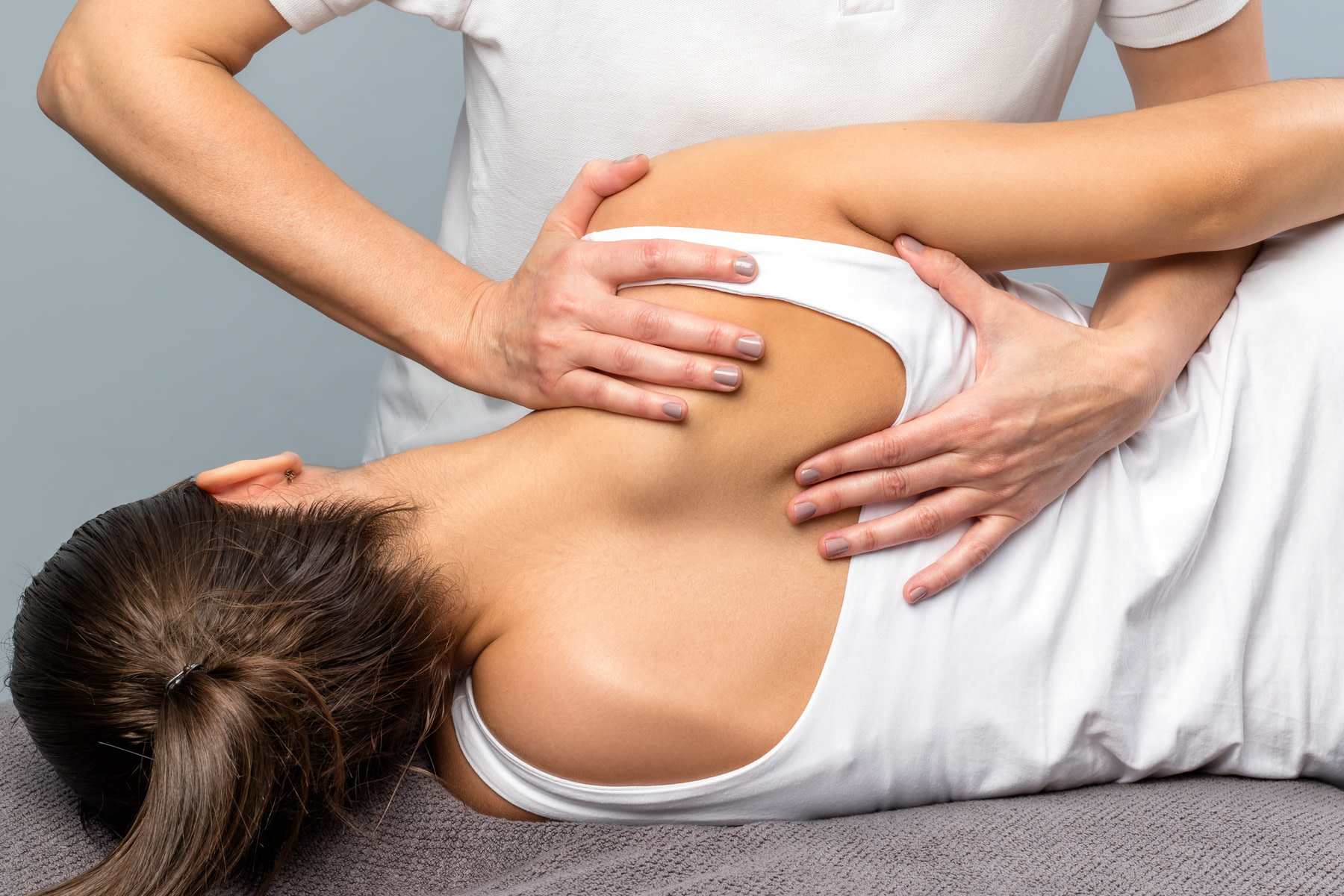Pinzamiento del nervio que afecta el hombro: signos y tratamiento
¿Tienes un nervio pinzado que te afecta al hombro? Explora tratamientos y ejercicios eficaces para el dolor de hombro con la orientación de fisioterapeuta.
$0 costo para usted
Última actualización: Mar 19, 2025
El índice
Fully covered arm or shoulder pain relief
Find relief from arm pain, shoulder pain, pinched nerves, & more.
Check if I'm eligibleEjercicios para un nervio pellizcado que afecta el hombro
¿Quieres atención de expertos? Consulta si estás cubierto por nuestro programa gratuito →- Flexión de mentón
- Rotación cervical
- Deslizamiento del nervio medio
- Exprimidos escapularios
